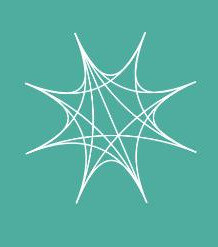Abstract
Haptic feedback in Virtual Reality (VR) facilitates the transfer of virtual experiences into the physical world. In particular, haptic feedback in architectural design enables designers to feel the materiality of their creations, with the possibility to apply different materials, refine designs based on the haptic experience, and assess requirements at an early stage. In this paper, we assess an innovative end-effector based on an origami structure and a robotic gripper that can provide a real-time simulation of material elasticity and stiffness without requiring a prop change, offering a cost-effective and energy-efficient solution. The evaluation consisted of a perceptual study where participants used the origami end-effector and had to push a thin virtual wall in VR. We tested three types of stiffness rendering (Soft, Medium, and Stiff). Participants had to answer how stiff the rendering was and which type of material they could refer to when touching the virtual wall. Results showed that although the stiffness perception across conditions was not significant, participants reported different types of materials depending on the condition. We also discuss the potential of origami-based end-effectors for improving haptic interaction for architectural design in VR.
Reference
Vasylevska, K., Ghazanfari, M., Sharifmoghaddam, K., Mortezapoor, S., Vonach, E., Brument, H., Nawratil, G., & Kaufmann, H. (2024). Stiffness simulation with haptic feedback using robotic gripper and paper Origami as end-effector. In 2024 IEEE Conference on Virtual Reality and 3D User Interfaces Abstracts and Workshops (VRW). 2024 IEEE Conference on Virtual Reality and 3D User Interfaces Abstracts and Workshops (VRW), Orlando, FL, United States of America (the). IEEE E Computer Society. https://doi.org/10.34726/6619

